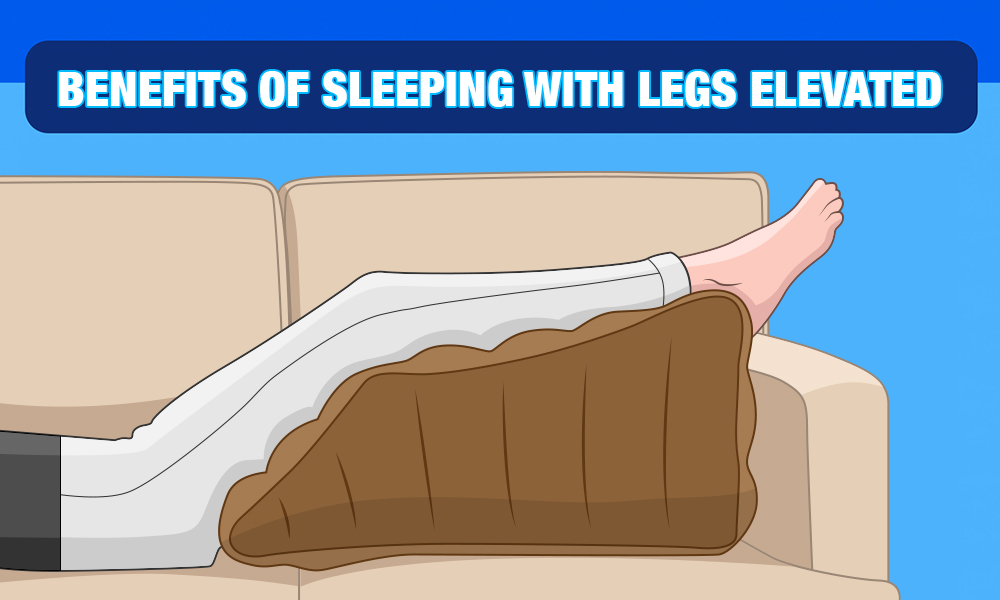Mattresses
SHOP STANDARD SIZES
SHOP STANDARD SIZES
SHOP BY TYPE
SHOP BY BRAND
RV Mattresses
Adjustable Beds
Shop By Brand
Shop By Size
Oversized Beds
Benefits of Sleeping with Legs Elevated
Reasons to Sleep with legs Elevated?
Sleeping with legs elevated can be a simple change that you can make to give you a more restful sleep. For so long everyone has slept completely flat on our beds. Although this is fine, you can get more benefits from your sleep by raising our legs. Doing so can improve blood circulation, spine alignment, and many more health benefits. You also do not have to raise your legs until they are perpendicular to the ground. Between 15 and 30 cm (6 to 12 inches) is enough to reap the benefits.
Better Circulation
General Blood Flow
How does sleeping with legs elevated help with blood flow? Well, when you are up and about, your lower body takes much of our weight. Blood comes rushing down there. The arteries are the blood vessels that bring blood from the heart to the rest of the body. When these blood vessels bring blood to our legs, they have no problem because gravity does much of the work. The veins are the blood vessels that bring blood back to the heart. They are the ones who have to work overtime because they have to fight against gravity. Thus, there is a misbalance in blood circulation efforts. At the end of the day, our legs, feet, calves, and everything else down there can feel fatigued. By elevating your legs above your heart, you are giving your veins a break.
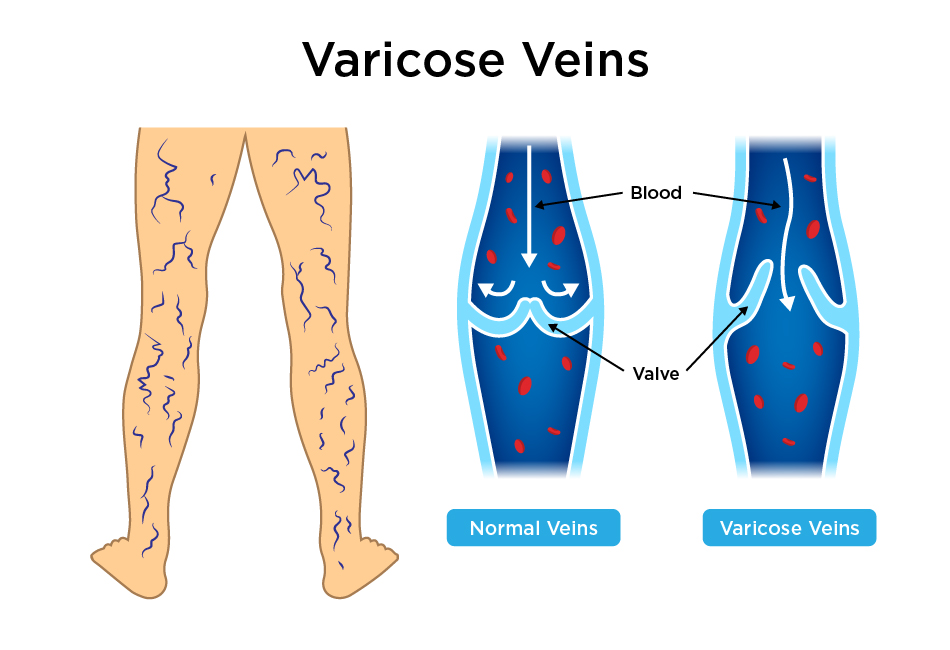
Varicose Veins
Varicose veins are enlarged, swollen, and twisted veins. They often appear as blue or dark purple. Varicose veins happen because of huge blood pressure in the veins. This large pressure can damage the walls and valves in the veins. As a result, blood can pool or even flow backwards. These adverse events enlarge and distort the veins. Although varicose veins can happen anywhere in the body, they are common in the legs. In general, varicose veins are not life-threatening. In most cases, they only cause discomfort and aesthetic or appearance insecurities. In extreme cases they can lead to more serious problems. These problems include skin ulcers, deep vein thrombosis, and internal bleeding. When you raise your legs, you can maintain proper blood flow in your veins. Thus, you prevent, soothe, and even treat varicose veins. Physicians would recommend raising the legs 3 or 4 times per day for around 15 minutes at a time. So 15 minutes are enough to soothe varicose veins. Imagine how much more beneficial raising your legs can be as you sleep for 7 to 8 hours?
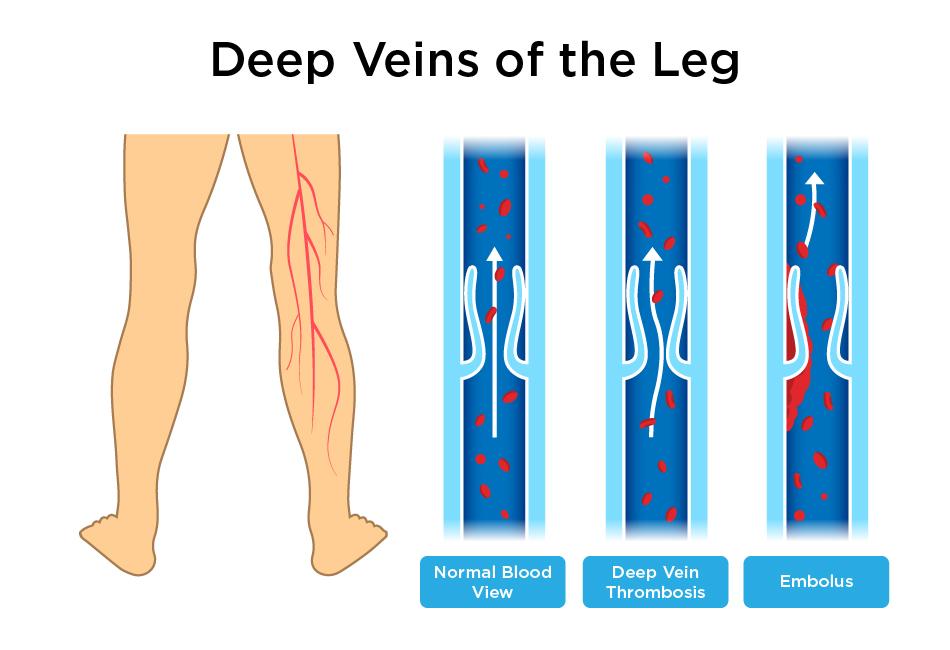
Deep Vein Thrombosis
Deep vein thrombosis (DVT) is a condition where blood clots in a vein deep inside your body. Although DVT can happen in any part of the body, it is common in the thigh or lower leg. People with DVT in the legs suffer from intense pain, cramping, and leg swelling. There are medications and even surgery for DVT. But lifestyle changes such as exercises can also help. One of these lifestyle changes is elevating your legs. Blood clots can impede flow. Thus, elevating your legs allows gravity to pull the blood down and keep it flowing well. You can also do this while wearing compression stockings.
Edema and Other Fluids
Besides blood, you can also improve the circulation of other fluids. Lymph is the fluid of your lymphatic system. It carries things that fight infections like white blood cells. Unfortunately, your lymph can leak. The result is swelling in the leakage area. Health professional call this condition edema. People who experience edema usually get it in their legs. The lymph and other fluids would leak and get trapped in the surrounding tissues. Elevating the legs can help bring these fluids back into circulation. The circulation benefits are not just in the legs alone. Our circulatory system is interconnected. When one part of our body benefits, the rest does too. Health professional are aware of the better blood circulation with elevating your legs. Some use it to treat people with circulatory problems. They call it passive leg raising (PLR). This study1 found that PLR improved blood flow in the aorta by 10 to 12%. A more recent study in 20132 found that PLR improved the blood flow in the carotid arteries by 79%.
Better Spine Alignment
Lower Spine Support
People with spine problems know how important it is to maintain a neutral spine. Even if you have a healthy spine, you can keep it healthy by making sure it maintains proper alignment. Although sleeping flat on your back is fine, some can experience problems with it. When your body is straight, your spine assumes a natural S curve. When you lie flat, your upper and mid spine may get support from your bed because they curve outward. Your lower spine is the one that takes a lot of the pressure because it curves inward. This inward curve is the reason you have that arch on your lower back when you lie down. Thus, your lower spine can have inadequate contact with your bed and get little support. By elevating your legs, your pelvis tilts backward. As a result, you lessen the arch. Your lower spine can thus make contact with your bed and receives support from it.
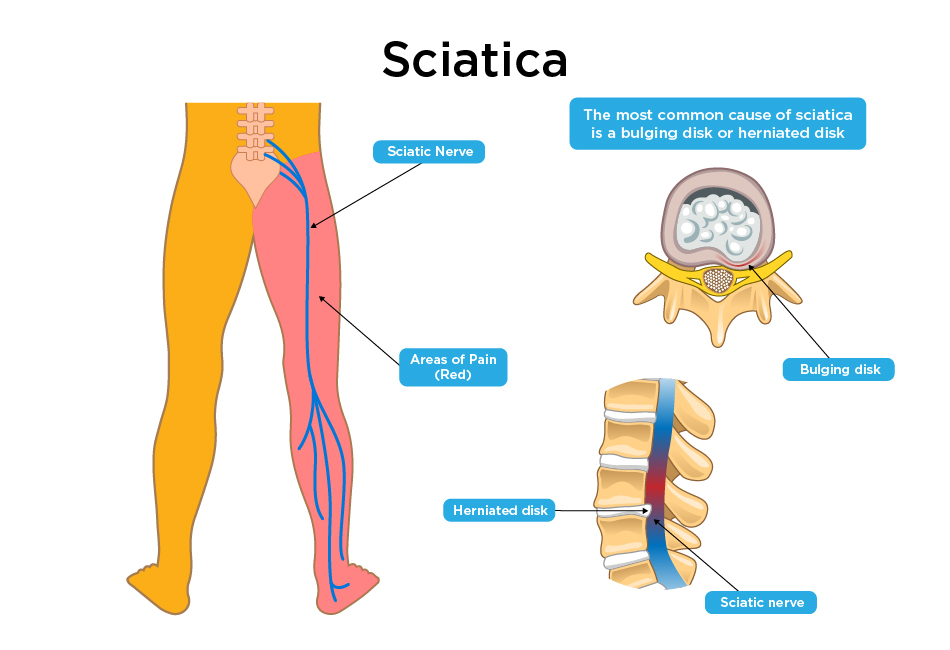
Relieve Sciatica
Sciatica is a condition where bone problems in the spine irritate the sciatic nerve. The sciatic nerve is the largest nerve in your body. It runs from your lower back through your hips and buttocks and down your legs. There are many bone problems that cause sciatica. The common ones include herniated disks, bone spurs, or narrowing of the spine. When these bone problems irritate your sciatic nerve, you can feel excruciating pain. The pain can be only in the hip and buttocks area, or it can radiate down the legs. Simple movements like bending over, sitting down, and lying down can trigger sciatica. Pseudo-sciatica is another condition where you experience sciatica symptoms. The only difference is that what causes the irritation are not bone abnormalities. The culprits can be malfunctioning muscles close to the nerve. An example of a muscle that can cause sciatica symptoms is the piriformis muscle. Whatever may the cause be, proper body alignment can help prevent the irritation. Sleeping with your legs elevated can thus save you from excruciating sciatic pain.
How to Elevate Your Legs
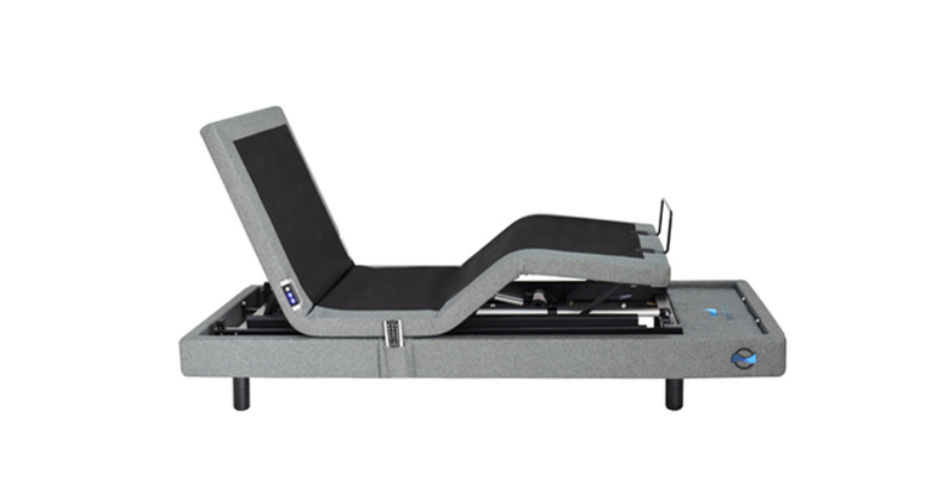 Adjustable beds
Adjustable beds
If you are in the market for a new bed, why not go for an adjustable one? there are adjustable beds where the lower part can raise, like in the photo above.
Pillows and Rolled Sheets or Towels
This one you can do without spending to much. You can just put a bunch of pillows under your legs. If you still want to get fancy with it, you can buy a wedge pillow. If you do not have extra pillows, you can use rolled sheets or towels. Even rolled old clothes will work. Anything that go under your legs and raise them and is comfortable will work.
Common Mistakes
You may be wondering how you can mess up sleeping with your legs raised, right? Well, keep reading and see if you considered any of the mistakes below.
Not Raising Your Legs Above Your Heart
When you are standing up or even sitting down, your legs are always below your heart. When you lie flat on your bed, your legs are on the same plane with your heart. If you raise your legs, you have to do it so that they go above your heart. Raising them by just an inch or two will not make any difference. A reason you want to sleep with your legs elevated is to improve blood and fluid circulation. You can only achieve this benefit if your legs are above your heart so gravity can do its job. Between 15 and 30 cm (6 and 12 inches) is a good rule of thumb.
Raising Your Thighs, But Not Your Calves and Feet
If you raise your legs just like in the photo below, you are only half-right. Your thighs may be getting the benefits, but not your calves and feet. You may need more than one extra pillow to raise your whole legs. If the pillows you have are not enough, instead of buying a bunch more you can consider buying a wedge pillow. One of the purposes of a wedge pillow is to elevate the legs.
Keeping the Legs Straight
There is a downside to keeping the legs straight as you elevate them throughout the night. It can put a lot of strain on the connective tissues around the knees. Keep a slight bend on the knees to avoid these tensions.
Bending the Legs Too Much
Meanwhile, if your legs bend too much, it can also impede blood flow. When you bend your legs, you flex the muscles behind your thighs, which are your hamstrings. So if you sleep like this every night, your hamstrings and calves can tighten over time. Tight hamstrings can promote poor posture. A good rule of thumb is to bend your legs no more than 45 degrees.
Conclusion
Sleeping is something so basic that you probably do not think much about it. You just lie in bed and doze off. But you probably know how essential sleeping is for optimal health. You can get more out of it by sleeping with your legs elevated.
References
https://link.springer.com/chapter/10.1007/978-3-642-28233-1_6
https://www.sciencedirect.com/science/article/abs/pii/S0012369213600835
© 2025 Rest Right Mattress. All Rights Reserved.


